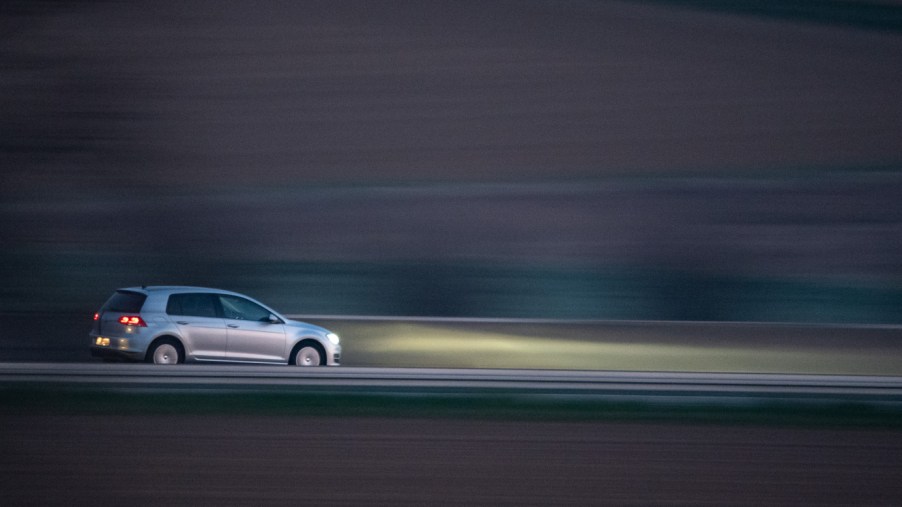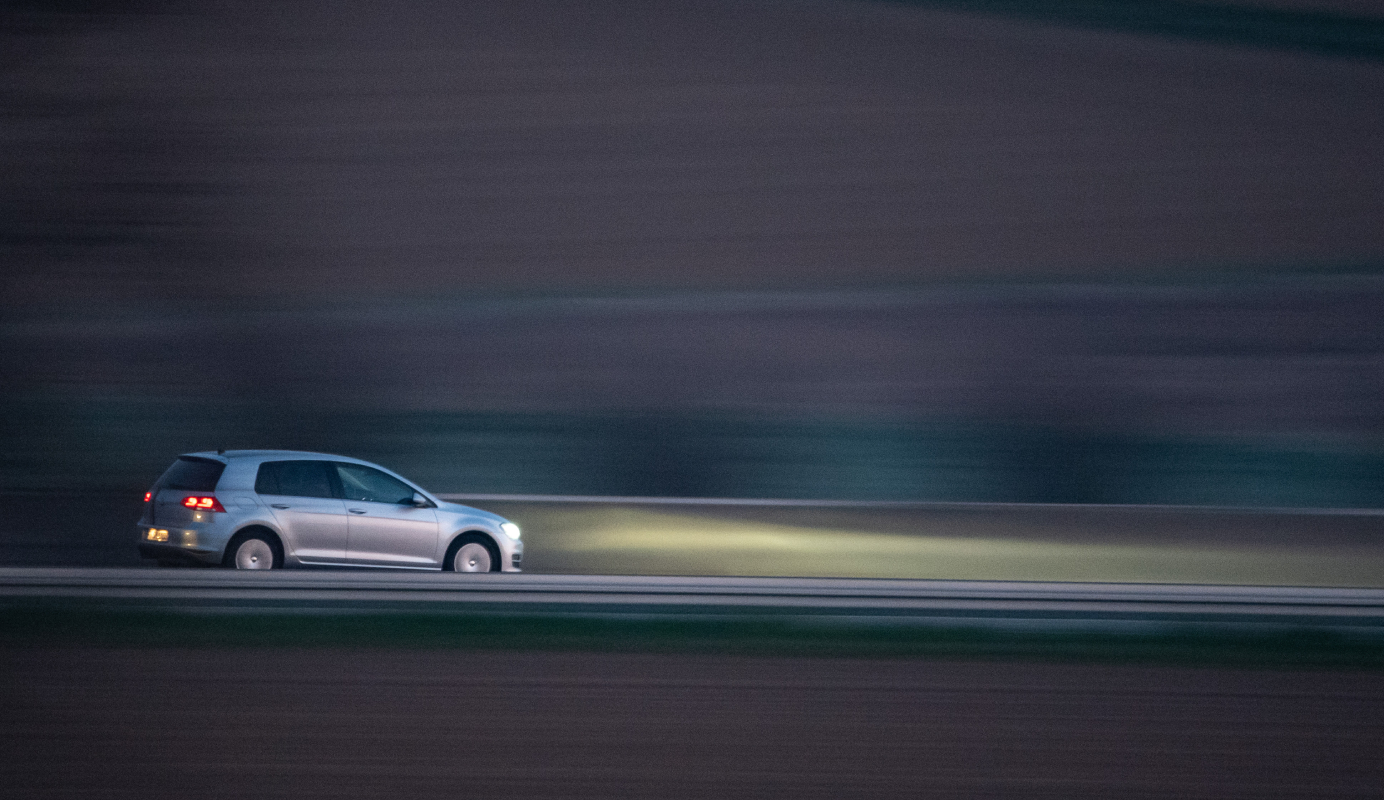
With High Gas Prices, Can Hypermiling Save You Some Cash?
With gas prices lingering higher than usual, some people are looking for creative solutions. If you are trying to save some time at the gasoline pumps, check out these hypermiling tips from Kelley Blue Book. But be aware, some of these are extreme, while others seem a bit silly.
Is hypermiling good for your car, and how does it relate to gas prices?

If you haven’t heard of this hypermiling term, it is all the rage right now while gas prices are high. Kelley Blue Book says the process can save you money but is it suitable for your car? It isn’t really any worse than regular driving is. Basically, those participating in hypermiling are simply trying to get the most out of a gas tank. Kelley Blue Book says that the goal is constant motion. One of the first lessons is learning to time stoplights, so you have to speed up and slow down less.
“Engines use the least gas when maintaining a constant speed. So the goal is not to have to slow down and speed up again.”
Kelley Blue Book
You can coast through your usual route if you can hit lights while cruising at the speed limit. But don’t bother accelerating toward a red light; that’s just a waste of gas. Additionally, coasting to a stop can help, too. Just take your foot off the gas and let your car gradually stop. Hypermilers call this driving without brakes, just using momentum instead of gas.
How does hypermiling help with high gas prices?
It sounds silly, but hypermilers don’t idle while sitting at stoplights. Most will turn the engine off and turn it back on when the light changes. Kelley Blue Book says it doesn’t do any real damage to do this, and many modern cars have the automatic start/stop function anyway. But with high gas prices, you might want to leave it on for now. It can make a difference.
Some people choose to modify the car to help with wind resistance. One significant addition that can lower your fuel economy is a roof rack or bike rack. Take this off to help gain some miles. You can try that if you want to cover areas like the wheel wells to improve drag. It will make the car more efficient to some degree.
Another tip is to keep the engine warm. Engines are least efficient when cold. If you can park inside and keep the engine warmer between trips, it can help. Also, starting with the furthest stop and working your way back is another way to keep your efficiency up. Short trips on the way home to keep the engine warm will have a minor impact.
Some silly suggestions and some extreme suggestions
Everything in the car is taking gasoline as it works. Some things have more impact than others, like the radio compared to air conditioning. The radio has little to no effect on fuel economy, but the air conditioning has a significant impact. Turning off the air conditioner can save you gas. Also, be aware of potholes! Hitting a pothole or driving over rough roads can lower your efficiency. Kelley Blue Book says some hypermilers try to drive on the smoothest part of the road.
Utilizing a tool like Google Maps can help you save some gas along the way. When you go to start directions to a location, the green leaf icon denotes a more fuel-efficient route. Google uses the number of stoplights and elevation changes to determine a better way to get there. Sometimes this means downhill roads and fewer stops. Some hypermilers turn off the engine while coasting downhill, but that’s probably not a great solution.
Obeying the speed limits can help you get the most out of a tank. Most cars are efficient at around 60 mph; anything more than that can make your vehicle approximately 10% less fuel-efficient. Until gas prices come down, some of these tips might help. Some might make you laugh, but the hypermilers take this very seriously! If that’s not your style, check out these SUVs with good gas mileage.



